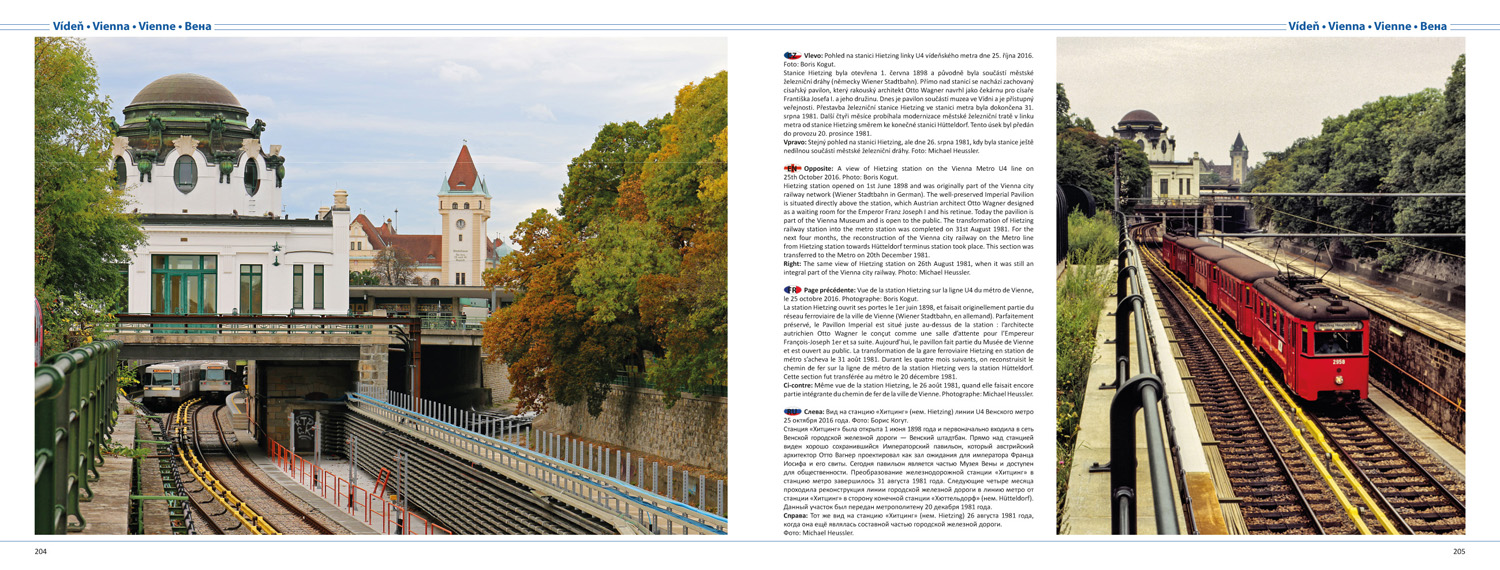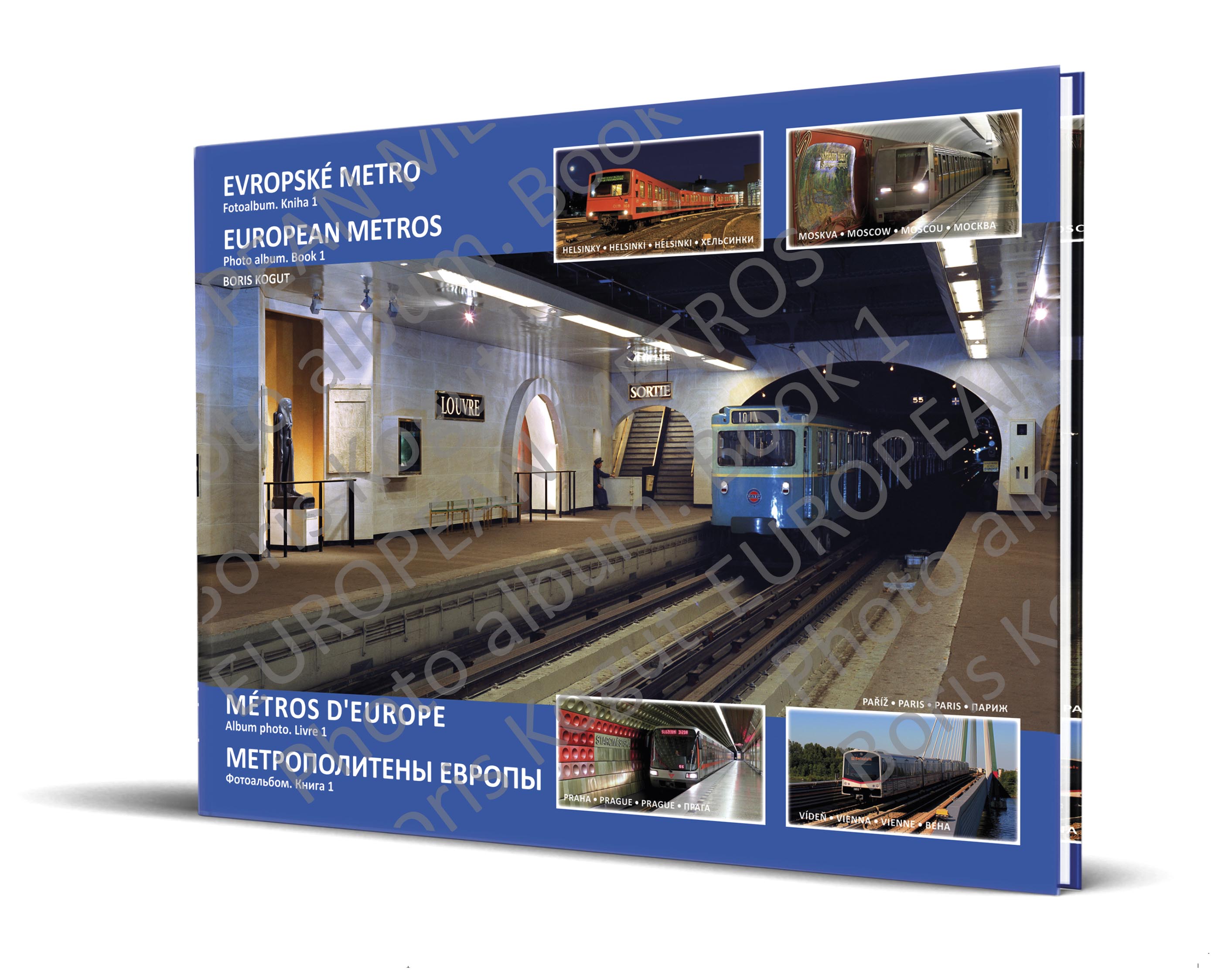The history of the Vienna Metro (U-Bahn in German) has its own rich narrative and is closely connected with the operation of the Vienna trams and the Vienna city railway (The Stadtbahn in German).
The first section of the Vienna city railway opened on 11th May 1898 and was serviced by steam locomotives. Electrification of the railway was carried out in 1925, and after almost a half century, the Vienna Stadtbahn gave birth to the most popular modern public transport in the Austrian capital – the Vienna Metro.
The fact is, the metro in Vienna was created on the basis of the already operating Vienna city railway, the lines of which were modernised accordingly for this purpose.
Railroad sections built between 1898-1901 have been preserved and are now used for the metro.
For example, the section from Längenfeldgasse station to Spittelau station on the current U6 line of the Vienna Metro passes through the elevated track of the former city railway. Another interesting fact is that U2 line of the Vienna Metro from Museumsquartier station to Rathaus station (City Hall) is nothing other than a renovated tram tunnel, built between 1963-1966. Operations of the underground tram along this route began on 8th October 1966, while at that time, it had already been planned to further convert this tunnel to the metro line.
It is important to note several dates:
On 26th January 1968, the Municipal Council of Vienna adopted the long-awaited decision to build a metro in the city;
On 3rd November 1969, construction machinery began to drill the first wells in Karlsplatz square, the official commencement of construction of the Vienna Metro;
On 8th May 1976, at 10 o’clock in the morning, without any ceremony, the constant (but still in test mode) movement of metro trains with passengers between the stations Heiligenstadt and Friedensbrücke began;
On 25th February 1978, the ceremonial opening of the first “real” underground line U1 of the Vienna Metro took place: Karlsplatz – Reumannplatz. In total, five metro stations were opened that day, which saw numerous festive events take place in the city in celebration of such a magnificent achievement.
Text and photos: Boris Kogut










 Author: Boris Kogut
Author: Boris Kogut